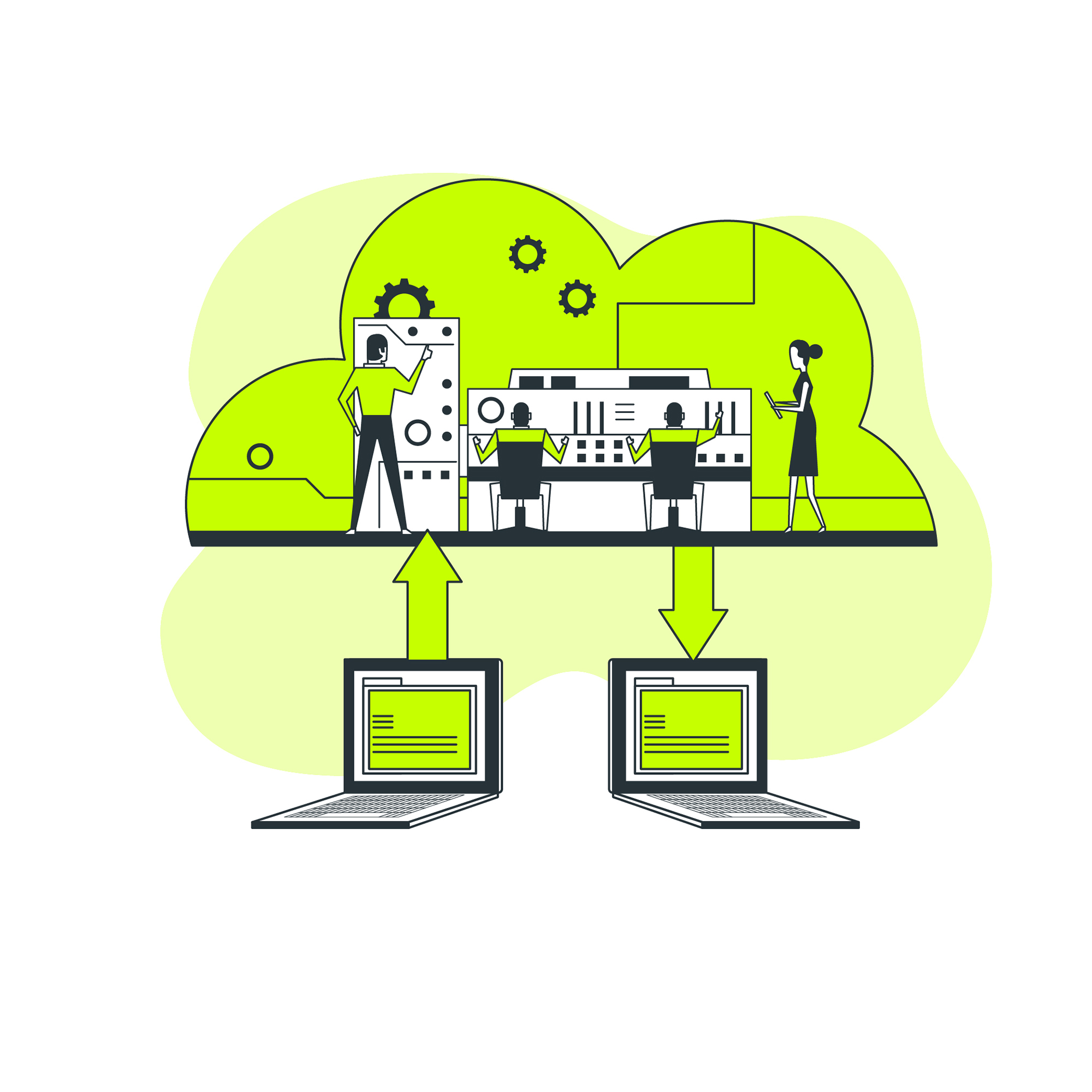In the traditional business model, the software installed in the business environment by building the server, installing the application, and configuring it. Software as a service is an alternative to this traditional model. The user using SaaS does not pay for the software instead they have the authorization to use it for a while and pay for the software, which they are using. Software as a Service is a software distribution model in this an external provider hosts applications. And provide them to customers through the Internet. In the SaaS model, the provider provides all its customers with network-based access to a copy of an application, which provider specifically created for the SaaS distribution. The source code of the app remains the same for all clients. And if new features or functionalities are implemented then it is distributed to all its clients.
Advantages of using SaaS System
Low initial cost –
SaaS has no initial license fees and is mostly subscription-based, thus having lower upfront costs. The infrastructure that runs the software managed by the provider, thereby reducing the hardware and software maintenance fees. It generally operates on a monthly subscription basis, so there are no large up-front costs.
No Infrastructure Required –
While offering business applications through SaaS, the complexity of the IT infrastructure handled by the provider, and users don’t have to worry about the hardware maintenance. Users are no more require to worry about the version of the operating system and the database. Which it supports because the SaaS provider will efficiently take care of all these aspects.
Saas is easy to configure and deploy –
The SaaS application is quick and easy to installed and configured in the cloud that speeds up the start-up process. Users just need to register in the SaaS solution along with some small configuration to start using the software. Users just need a web browser and Internet access to start using the software. Traditional software used to take weeks or months to deploy. Whereas SaaS solutions can be easily installed and users can immediately access their new software.
Simple Updates –
All the hardware and software updates taken care of by the SaaS provider. As they deploy updates on hosted applications and thus reduce the workload and responsibility of users.
Flexibility –
Users provided with many subscription options by the providers, and they also have the flexibility to change plans when required. For instance, if their business grows or when more of their employees need access to the service, they can easily change plans.
Also Read: CRM Plays a Significant Part in Shortening your Sales Cycle




